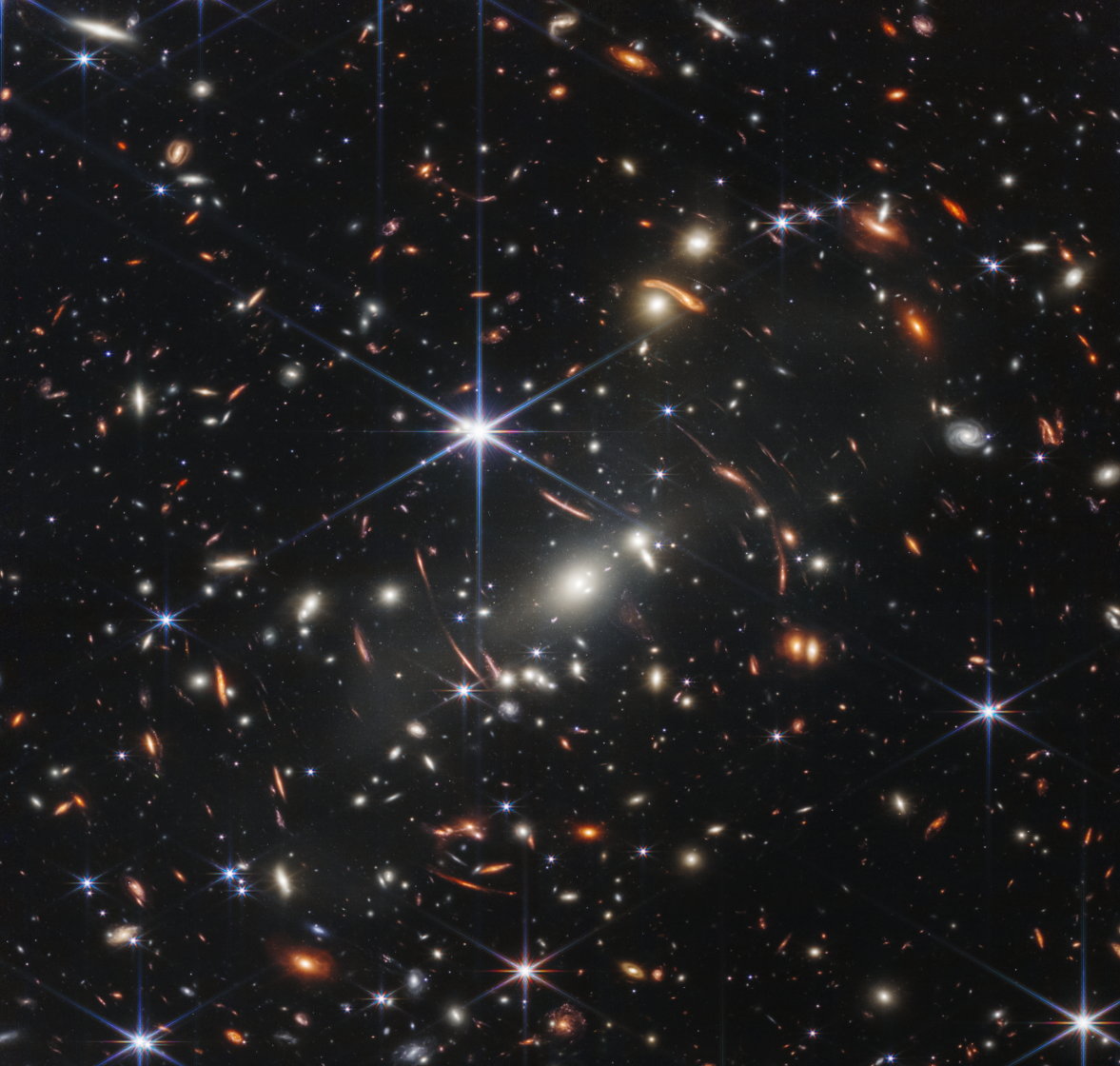NASA celebrates James Webb’s first birthday
- July 13, 2023
- 0
The James Webb Space Telescope has just completed its first year in orbit, and NASA is celebrating an image that shows in stunning detail the birth of a
The James Webb Space Telescope has just completed its first year in orbit, and NASA is celebrating an image that shows in stunning detail the birth of a

The James Webb Space Telescope has just completed its first year in orbit, and NASA is celebrating an image that shows in stunning detail the birth of a star in the Rho Ophiuchi Cloud Complex, the closest star-forming region to Earth.
James Webb keeps his promise discover the universe like never before and continue to fulfill the ambitious goals that were raised at its creation: to study the first stars and galaxies that formed in the early universe after the Big Bang; discover how galaxies evolved in ancient times; how stars and planetary systems are born in dust clouds; searching for chemical fingerprints of life on moons like Enceladus and the composition of exoplanet atmospheres that could reveal biological signatures of extraterrestrial life. Almost nothing…
To this end, it observes the universe in the near-infrared region and in the middle, at wavelengths longer than visible light, and with some impressive technical features, notably a 6.5-meter primary mirror, almost three times the size of HST, and a suite of state-of-the-art cameras, spectrographs and coronagraphs.
His privileged position in a precise transfer orbit at the second Lagrange point (L2) between the Earth and the Sun, it allows access to places that are impossible for Hubble and ground-based observatories, as he pointed out on his first birthday NASA Administrator Bill Nelson: “andIn just one year, the James Webb Space Telescope changed humanity’s view of space, peering through clouds of dust and seeing light from the farthest reaches of space for the first time. Each new image is a new discovery that allows scientists around the world to ask and answer questions they never dreamed of before.”.

The picture chosen for the anniversary shows the closest star-forming region to Earth, “only” 390 light-years away in the Rho Ophiuchi region. The image shows a region containing about 50 young stars, all of the same mass as the Sun or smaller. The darkest regions are the densest, where there are dense dust covers forming protostars.
We see huge bipolar jets of molecular hydrogen, shown in red horizontally in the upper third and vertically on the right. This is what happens when a star first breaks through its natal envelope of cosmic dust and shoots a pair of opposing jets into space like a newborn first reaching out to the world at the stage it experienced thousands of years ago. Our own Sun Other stars in the image show shadows that indicate protoplanetary disks, future planetary systems forming.
In addition to the impressive images, there is another part that has excited scientists during the first year of Webb’s life information obtained from tools telescope spectroscopes. They have used them to confirm the distance to some of the most distant galaxies ever observed, and to discover the oldest and most distant supermassive black holes.

These spectra identified the composition of planetary atmospheres (or lack thereof) in more detail than ever before, and for the first time pinpointed the possible types of atmospheres that could exist on rocky exoplanets. They also revealed the chemical composition of stellar nurseries and protoplanetary disks, detecting water, carbon-containing organic molecules and other features. Webb’s observations have already spawned hundreds of scientific papers that answer long-standing questions and for the first time pose new ones that need to be addressed. the main space science observatory that we humans have.
Source: Muy Computer
Donald Salinas is an experienced automobile journalist and writer for Div Bracket. He brings his readers the latest news and developments from the world of automobiles, offering a unique and knowledgeable perspective on the latest trends and innovations in the automotive industry.